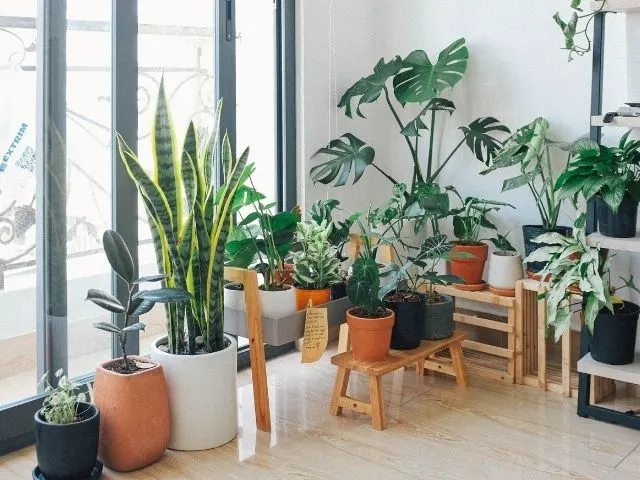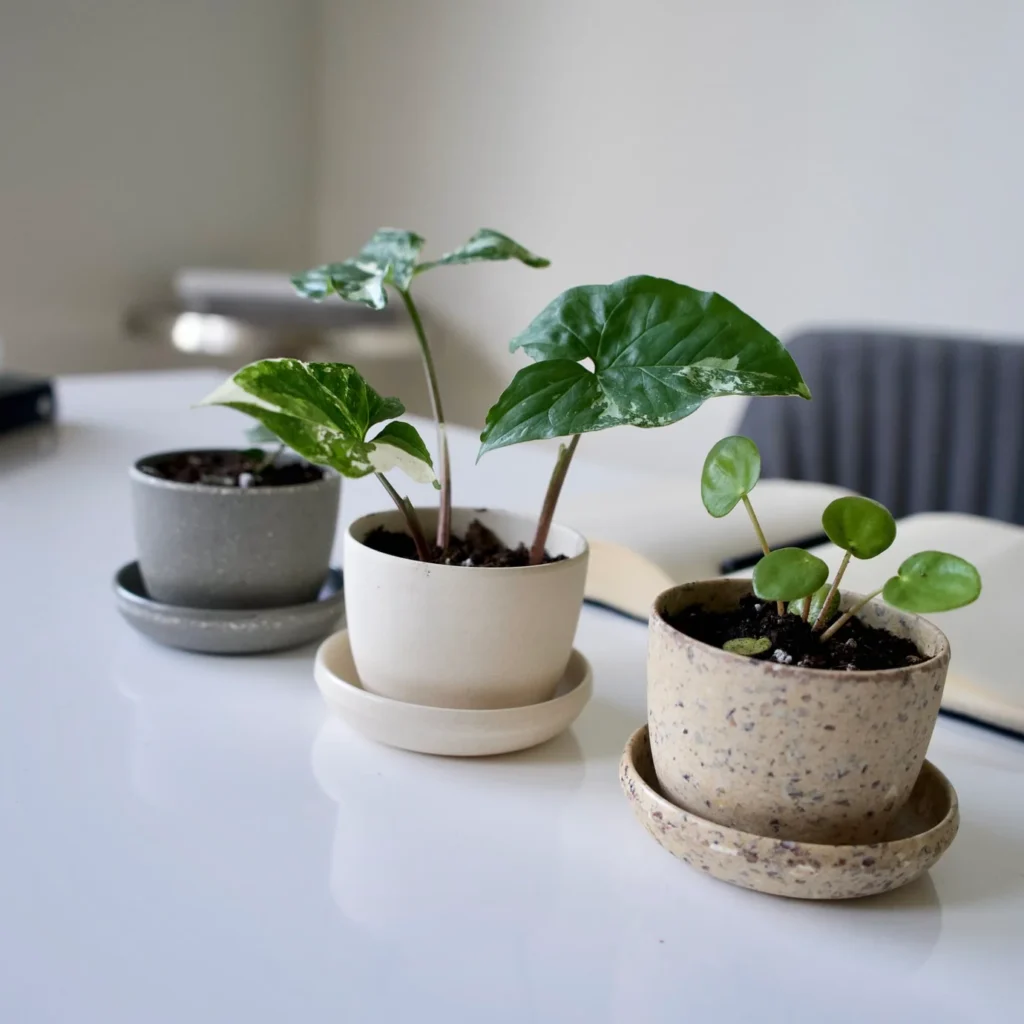With the rise of eco-conscious living, home gardening, and urban greening trends, the online market for plants has flourished. Selling plants online is no longer just a niche hobby—it’s a growing business model that caters to plant lovers, interior designers, and even large landscaping firms. However, entering this green industry requires much more than just sourcing or growing plants. It demands knowledge of packaging, regulations, shipping logistics, marketing strategies, and customer service.
This article explores everything you need to know before launching your online plant business—whether you’re planning to sell succulents, exotic houseplants, herb seedlings, or flowering shrubs.
1. Understanding Your Market

A. Identify Your Niche
Before jumping in, determine your focus. Do you want to sell:
- Indoor decorative plants?
- Rare or exotic species?
- Edible plants and herbs?
- Flowering or air-purifying plants?
- Native or region-specific varieties?
Understanding your niche helps you define your brand and target audience.
B. Know Your Customers
Your customers might include:
- Urban apartment dwellers looking for low-maintenance greenery
- Gardeners and landscapers needing outdoor plants
- Parents looking for air-purifying or pet-safe options
- Eco-conscious buyers who prefer organic or pesticide-free plants
Create buyer personas to guide product selection and marketing messaging.
2. Legal Requirements and Certifications

A. Plant Quarantine and Shipping Regulations
Plants are living organisms and often subject to agricultural restrictions to prevent the spread of pests and diseases. If you plan to sell outside your local area or internationally, you may need:
- Phytosanitary certificates (especially for international shipping)
- Agricultural permits from local authorities
- Compliance with quarantine zones and pest-free certification
Each country has specific import rules—study them carefully to avoid legal penalties or rejected shipments.
B. Business Licensing
You’ll likely need:
- A business license or GST registration (India-specific)
- A trade license if operating from a commercial space
- Certification for organic or eco-friendly products (optional but valuable)
3. Sourcing or Growing Your Plants

A. In-House Growing
If you plan to grow your own plants:
- Invest in greenhouse infrastructure or a nursery setup
- Learn propagation techniques (seeds, cuttings, grafting, etc.)
- Maintain optimal light, soil, humidity, and watering conditions
- Monitor for pests and diseases using eco-friendly methods
B. Sourcing from Wholesalers
If you plan to resell:
- Choose reliable and ethical nurseries
- Ensure consistency in quality and variety
- Check delivery conditions before accepting stock
Always inspect for plant health, root development, and maturity before listing online.
4. Packaging and Shipping Logistics

Shipping live plants is tricky due to their fragile, perishable nature.
A. Packaging Essentials
- Use breathable, secure packaging to protect roots and foliage
- Choose biodegradable or recyclable materials (eco-friendly appeal)
- Label boxes as “Live Plants – Handle with Care”
- Add care instructions or a QR code for customer guidance
B. Delivery Options
- For local orders, offer same-day or next-day delivery
- Partner with plant-friendly couriers for longer routes
- Use trackable shipping services
- Avoid dispatching before weekends to prevent plants from sitting in transit
5. Building an Online Store

A. Website vs. Marketplace
You can choose to:
- Build your own website via Shopify, Wix, or WooCommerce for full branding
- Use online marketplaces like Etsy, Amazon, or Flipkart to reach wider audiences quickly
Each has pros and cons. Websites offer control; marketplaces offer volume.
B. Key Features to Include
- High-quality plant photos from different angles
- Detailed descriptions (size, light needs, watering, care tips)
- Inventory management
- Secure payment gateway
- Return and refund policy
A good user experience is critical to building trust and retaining customers.
6. Marketing Your Plant Business
A. Social Media Strategy
Platforms like Instagram, Facebook, and Pinterest are perfect for showcasing plant aesthetics. Use:
- Time-lapse videos of plant growth
- DIY care tips and tutorials
- Reels on unboxing or transplanting
- “Plant of the Week” promos or limited-time offers
Engage with your followers through polls, Q&A sessions, and contests.
B. Email and SMS Marketing
Send:
- Welcome emails with care guides
- Promotions for loyal customers
- Seasonal planting tips
- Back-in-stock notifications
C. SEO and Content
Write blog posts such as:
- “Top 5 Plants for Apartments”
- “How to Care for Snake Plants”
- “Beginner’s Guide to Herb Gardening”
This drives organic traffic and educates buyers.
7. Customer Service and Plant Health Guarantees
Customer satisfaction is critical in online plant retail.
A. Support Options
Offer:
- Chatbots or WhatsApp support
- Phone/email assistance for plant care queries
- Returns for severely damaged plants
B. Health Guarantee
You can offer a “live arrival guarantee” or a 24-hour replacement window, depending on shipping duration and risk.
8. Managing Seasonal Demand and Inventory
Plants are seasonal. Some grow best in spring, others in monsoon or winter.
- Maintain a planting calendar and stock rotation
- Offer pre-ordering or back-in-stock notifications
- Bundle plants with care kits, fertilizers, or pots during festive seasons
- Analyze past sales trends to forecast future demand
9. Sustainability Practices
Eco-conscious consumers prefer:
- Plastic-free packaging
- Water-efficient plants
- Organic pest control
- Sustainable potting mixes (e.g., cocopeat instead of peat moss)
Highlight these practices in your product descriptions and marketing.
10. Common Mistakes to Avoid
- Poor packaging leading to plant death during transit
- Selling plants that are out of season or unsuitable for the customer’s climate
- Neglecting after-sales care and customer support
- Using low-resolution or inaccurate images
- Overpromising and underdelivering on plant size or maturity
Conclusion
Selling plants online is an exciting and rewarding venture, blending nature with digital business. But to grow sustainably and profitably, aspiring plantpreneurs must understand the unique challenges that come with live product logistics, plant care, legal rules, and customer engagement.
Whether you’re a home gardener expanding into business or a full-scale nursery going digital, your success will bloom with careful planning, creative marketing, and consistent quality.
Start small, stay green, and let your plant business take root—one happy customer at a time.





